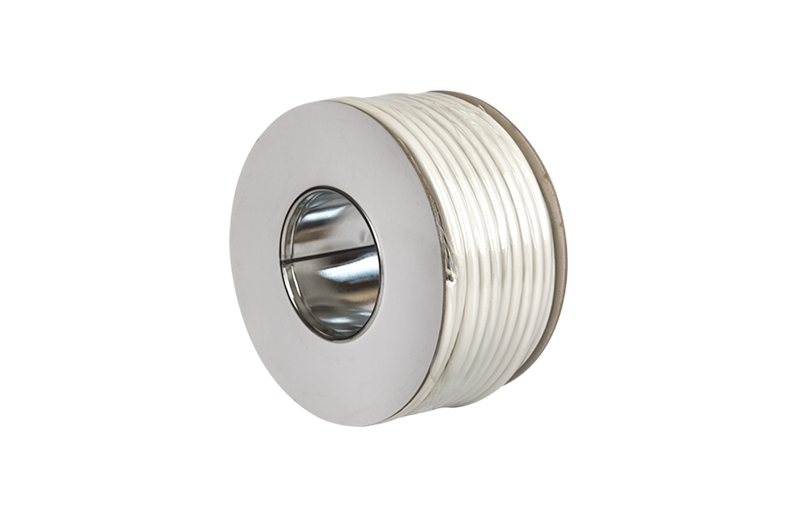Service Hotline
Manager Yu:

The selection of low-voltage power cables plays a significant role in shaping energy efficiency in both industrial and commercial settings. As businesses aim to cut operational costs and reduce their carbon footprints, the way electrical systems are designed and managed becomes crucial. Low-voltage power cables, which typically handle voltages below 1,000 volts, are the backbone of these electrical systems, ensuring power is distributed safely and efficiently. However, choosing the right cable for specific applications involves more than just ensuring electrical conductivity; it directly impacts energy loss, overall efficiency, and long-term operational costs.
One of the most critical factors in selecting low-voltage power cables is their ability to minimize energy loss. When electricity flows through a cable, some of the energy is lost as heat due to the resistance of the conductor. The longer the cable and the smaller the conductor size, the higher the energy loss, which translates into higher operational costs over time. Therefore, the correct size and type of conductor material—whether copper or aluminum—are vital to improving energy efficiency. Copper cables, for instance, offer lower resistance and are generally more efficient than aluminum cables, making them ideal for settings where energy loss needs to be minimized. However, aluminum cables are a more affordable alternative, though they tend to be larger in size to achieve the same efficiency as copper.

Another essential consideration is the insulation material of the cables, as this also plays a part in the energy efficiency of an electrical system. High-quality insulation ensures that energy is contained within the cable, preventing loss due to external interference such as heat, moisture, or electromagnetic fields. This is especially important in industrial environments where cables might be exposed to harsh conditions. Cables with superior insulation materials, like cross-linked polyethylene (XLPE), can help reduce energy leakage and maintain consistent power transmission. On the other hand, poorly insulated cables can increase energy wastage and risk system failures, leading to expensive downtime or equipment damage.
The layout of the electrical system itself can also have a significant effect on energy efficiency. For instance, cables that run a long distance from the power source to the machinery will naturally experience a greater voltage drop, which can lead to inefficiencies in the system. To compensate for this, it may be necessary to select cables with a larger cross-sectional area to reduce resistance and minimize the voltage drop. The installation environment—whether the cables are exposed to extreme temperatures, humidity, or physical stress—can also influence energy performance. Cables used in outdoor environments or underground will need to be rugged enough to handle these stresses without compromising their insulation or conductive efficiency.
Furthermore, factors like the cable's current capacity and safety features are directly related to energy efficiency. Cables that are undersized for their application will not only cause overheating and potential damage but will also create higher resistance, leading to significant energy losses. Oversized cables, while safer, may come with higher upfront costs and can be inefficient in terms of material use. Ensuring the cable is precisely matched to the energy demand of the system helps maintain a balance between cost-effectiveness and energy efficiency. Additionally, energy-efficient cable systems often incorporate protective features such as fuses or circuit breakers to prevent overloads, which further safeguard the system from energy inefficiencies caused by faults or failures.
In commercial and industrial settings where large amounts of electricity are used, even small improvements in energy efficiency can result in significant cost savings. By choosing the right low-voltage power cables, businesses can reduce their energy consumption, decrease operating costs, and extend the lifespan of their electrical systems. Proper cable selection also contributes to sustainability efforts, as more energy-efficient systems require less power to operate, thereby reducing greenhouse gas emissions and contributing to environmental conservation.
Ultimately, the energy efficiency of low-voltage power cables in industrial and commercial settings is influenced by a variety of factors, including the materials, sizing, insulation, and installation practices. Businesses that carefully consider these elements will be better positioned to optimize their energy usage, reduce waste, and create more sustainable electrical systems. As industries strive to meet growing environmental expectations while maintaining profitability, every aspect of the electrical infrastructure—from the cables to the components—must work together to create a balanced, efficient system that meets both economic and ecological goals.

 English
English